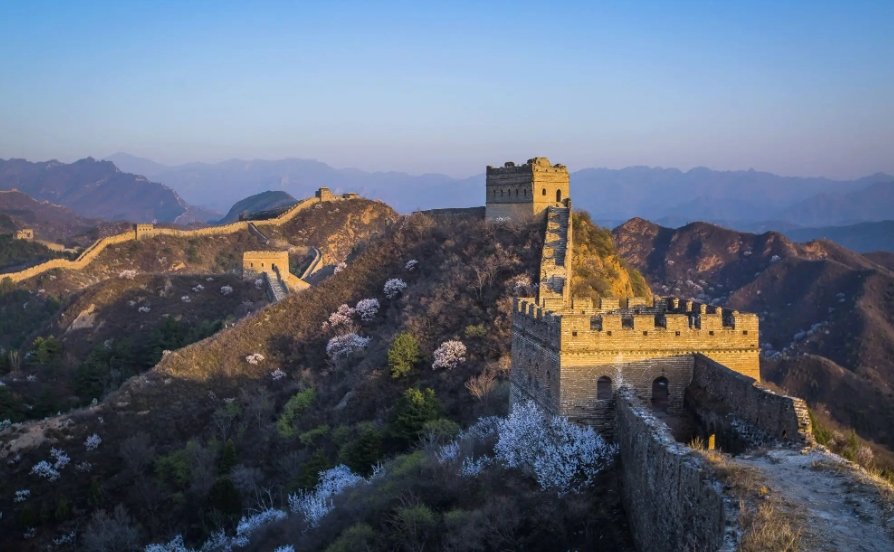
Can You Really See the Great Wall of China From Space?
For decades, a popular myth has persisted: that the Great Wall of China is the only human-made structure visible from space with the naked eye. This statement, often repeated in classrooms and trivia nights, has captivated our imaginations, fueling a sense of awe at the scale of human achievement. However, the truth is far more nuanced.
What We Can See from Space
Astronauts orbiting Earth at an altitude of around 100 to 300 miles can indeed see quite a bit of our planet's surface. Large-scale artificial structures become discernible, particularly those with contrasting colors against their surroundings. Highways cutting through deserts, sprawling cities illuminated at night, and massive dams holding back vast reservoirs – these are all visible from low Earth orbit.
Debunking the Myth
The Great Wall, despite its impressive length of over 13,000 miles, blends surprisingly well with the surrounding landscape. Constructed primarily from stone and earth, its color palette doesn't offer much contrast against the browns and greens of Northern China. Furthermore, the Wall's width, averaging around 20 feet, makes it relatively thin and difficult to distinguish from such a distance.
While some astronauts have claimed to have glimpsed the Great Wall under seemingly perfect conditions – with optimal lighting and minimal atmospheric interference – these sightings remain contested and difficult to verify. Even with the aid of binoculars or a telephoto lens, spotting the Wall from space can be a challenge.
The Power of Perspective
It's important to note that visibility from space is highly dependent on factors like altitude, lighting, atmospheric conditions, and even the visual acuity of the observer. What appears clear and distinct from a certain vantage point might be completely obscured from another.
Conclusion
The myth of the Great Wall's unique visibility from space serves as a reminder that our perception of the world is often shaped by narratives rather than factual evidence. While the Great Wall remains an incredible feat of engineering and a testament to human ingenuity, it's time to retire the notion that it holds this cosmic distinction.
Q&A
Q1: If not the Great Wall, what other human-made structures are visible from space?
A1: Large structures with distinct shapes and contrasting colors against their surroundings are easily visible. Examples include highways crossing deserts, sprawling cities, particularly at night when illuminated, and massive dams.
Q2: Why is the Great Wall difficult to see from space, even though it's so long?
A2: The Wall's color blends in with the surrounding terrain, and its width is relatively narrow, making it hard to distinguish from orbit.
Q3: Does the myth of the Great Wall's visibility from space diminish its significance?
A3: Not at all. The Great Wall remains a remarkable achievement in human history, showcasing engineering prowess and cultural heritage. It doesn't need this mythical distinction to be considered a wonder.
note: This return of all, without the author's permission, may not be reproduced